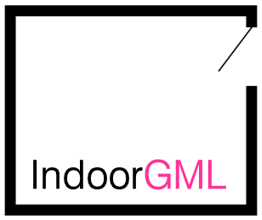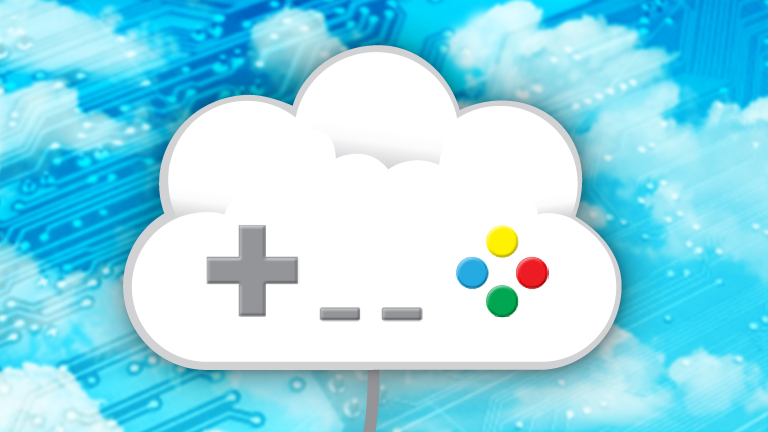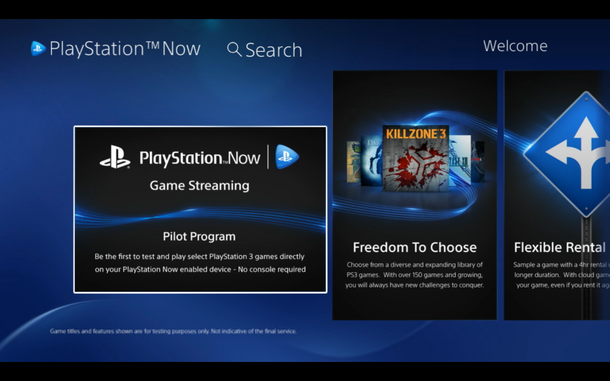
IndoorGML standard for positioning inside buildings is finally out there
 Positioning with satellite-based navigation systems is one of the most important developments of the last 50 years. The theory is there. The practice is there. We’ve got all the necessary standards. One of the most important of them is so-called The Geography Markup Language (GML) which is the XML grammar defined by the Open Geospatial Consortium (OGC) to express spatial world in a machine readable way.
Positioning with satellite-based navigation systems is one of the most important developments of the last 50 years. The theory is there. The practice is there. We’ve got all the necessary standards. One of the most important of them is so-called The Geography Markup Language (GML) which is the XML grammar defined by the Open Geospatial Consortium (OGC) to express spatial world in a machine readable way.
But what happens when you enter a building and there is satellite signal? The major problem of the industry is that there is no widely recognized indoor equivalent of GPS. When you’re outdoor you can use GPS to determine your geographic position all over the world. As soon as you walk into a building, GPS no longer works and it is difficult to automatically track people and objects.
There have been a number of attempts to solve this problem: WiFi signals, RFID, accelerometers, tracking by low-frequency radio waves and finally Bluetooth which is currently getting the most attention due to iBeacons. But lets face it, the fact is that there is no common standard in indoor positioning technology.
There is however a standard which is of the same importance as the technology itself – the standard for encoding indoor data, that will provide a cross-platform, vendor-neutral way of communicating indoor spatial information. The IndoorGML has been recently published by Open Geospatial Consortium.
IndoorGML does not focus on things like roofs of the buildings but it provides a framework for description of relation between indoor spaces like rooms and corridors including barriers between them like doors and walls. It is also compliant with other standards like CityGML, KML or buildingSMART’s Industry Foundation Classes IFC.





